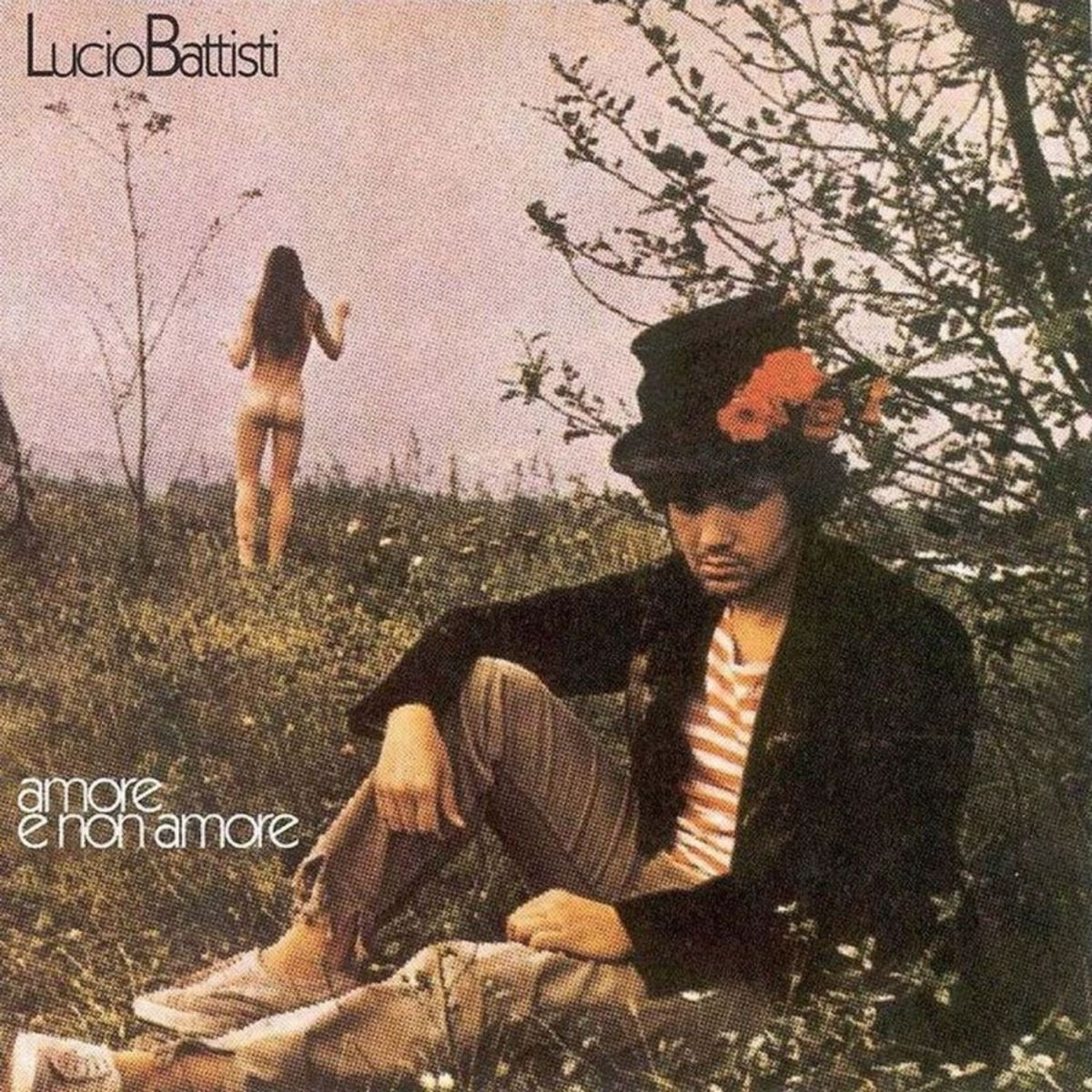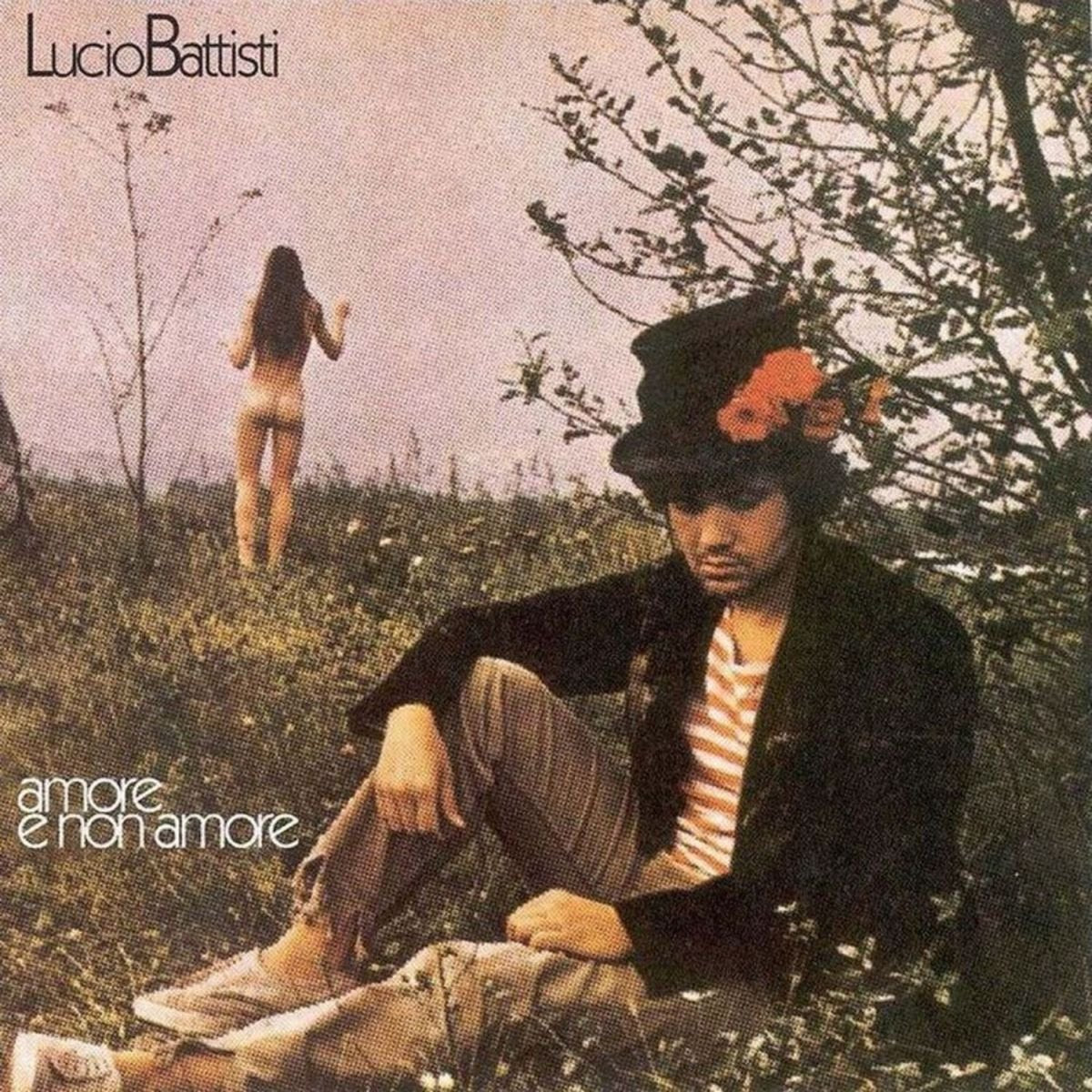If Lucio Battisti was Italy’s answer to France’s Serge Gainsbourg, then Amore E Non Amore is his own Histoire De Melody Nelson, a concept album that’s widely regarded as a formative artistic achievement (if far from the most hit packed album) of his respective career. Both albums were released in 1971. For Battisti, the concept came from that dichotomous title: there’s a rocky ‘non-love’ side of the album, which has songs about obsession and adultery, and a ‘love’ side of dreamy, prog-rock instrumentals. The album saw Battisti working with lyricist Giulio ‘Mogol’ Rapetti, with whom h …
Read More
If Lucio Battisti was Italy’s answer to France’s Serge Gainsbourg, then Amore E Non Amore is his own Histoire De Melody Nelson, a concept album that’s widely regarded as a formative artistic achievement (if far from the most hit packed album) of his respective career. Both albums were released in 1971. For Battisti, the concept came from that dichotomous title: there’s a rocky ‘non-love’ side of the album, which has songs about obsession and adultery, and a ‘love’ side of dreamy, prog-rock instrumentals. The album saw Battisti working with lyricist Giulio ‘Mogol’ Rapetti, with whom he’d collaborated closely since 1965, enjoying huge hits with the likes of “29 Settembre" and “Sognando La California,” an Italian version of “California Dreamin’". It was Mogol who first convinced Battisti to perform his own songs, and who conceived the idea for this record. Mogol supplied the inspiration, the title and the titles of its songs, many of them evocative sentences that flesh out the visual picture where lyrics are absent. Take, for example, “Davanti Ad Un Distributore Automatico Di Fiori Dell’aereoporto Di Bruxelles Anch’io Chiuso In Una Bolla Di Vetro,” which translates as “In Front Of A Flowers Vending Machine In Brussels Airport I Am Closed In A Glass Bowl Too”.
Read Less



